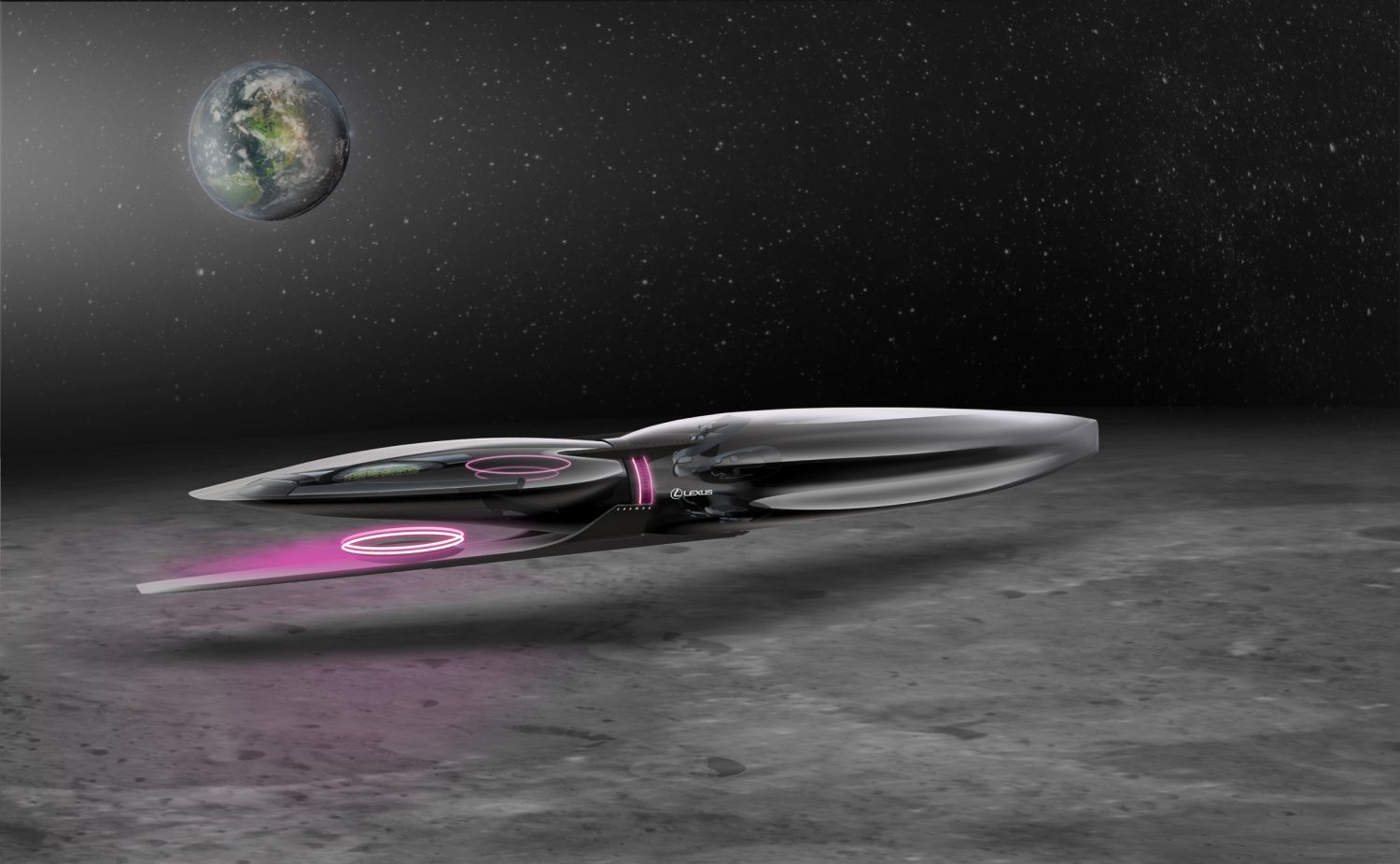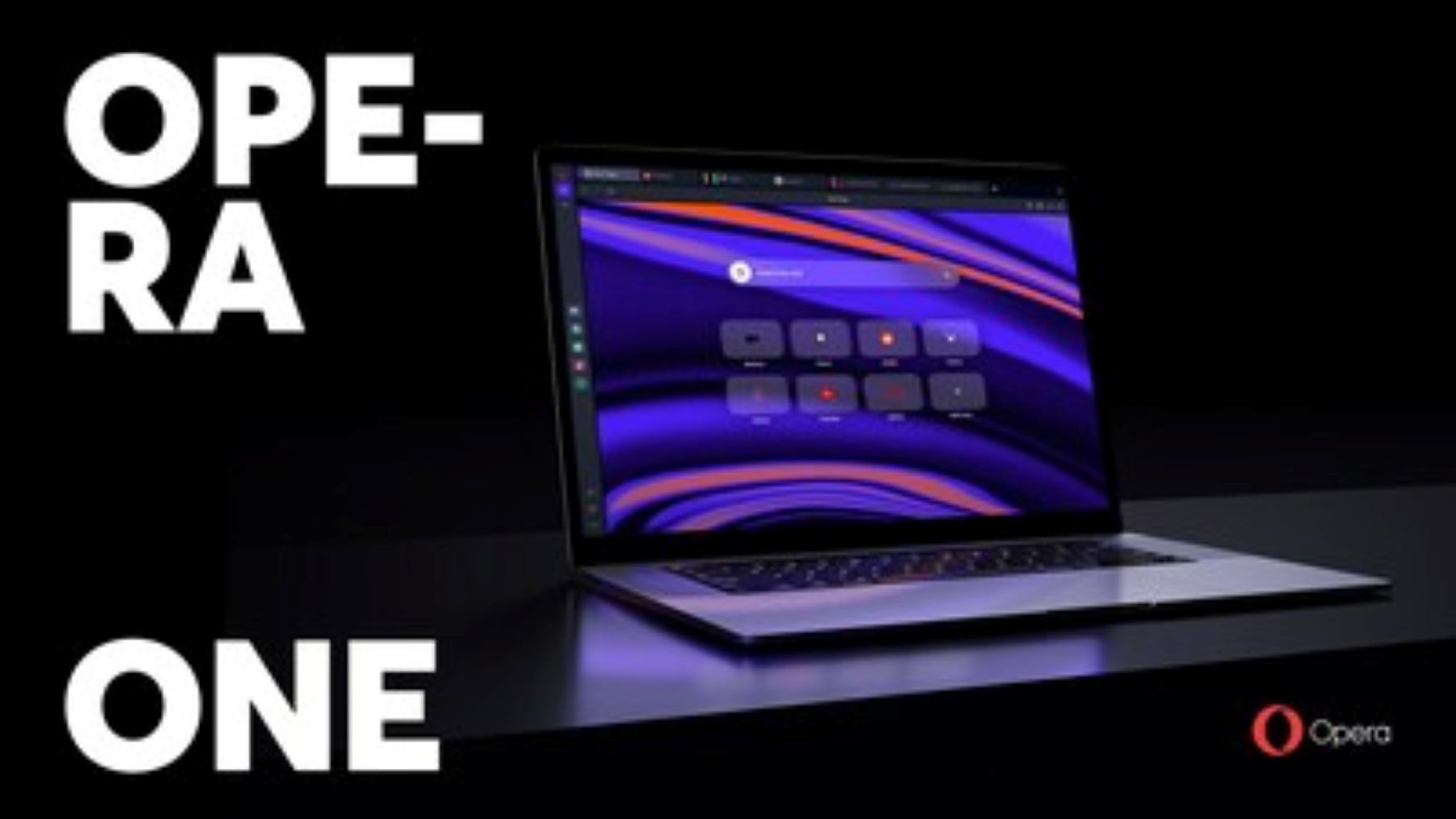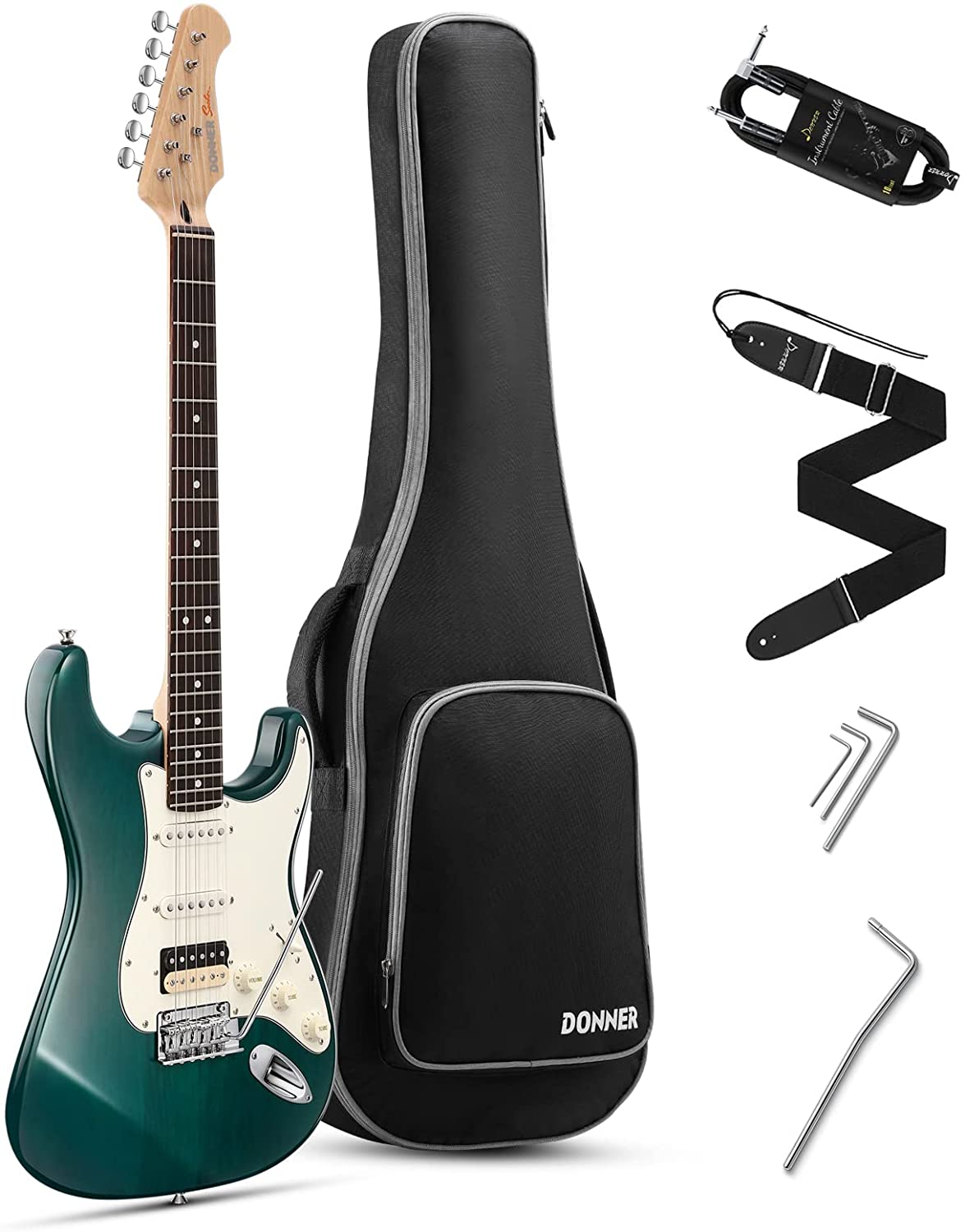LEXUS CREATES MOON MOBILITY CONCEPT SKETCH FOR LUNAR DESIGN PORTFOLIO

oining an elite group of design industry luminaries, the luxury automaker was selected to contribute a suite of design concept drawings to Document Journal’s prestigious portfolio
For Document Journal‘s issue No. 15, the art & fashion magazine invited a selection of the culture’s most compelling architects and designers to find their inner Major Toms and imagine human life on the moon for The Lunar Design Portfolio. How shall we live? What will it look like? What will we wear? What will we drive?
ED2, the European Advanced Design Studio for Toyota and Lexus dedicated to advanced concept proposals and groundbreaking design, was selected to contribute a lunar mobility concept. Drawing on the just-released LF-30 Future Concept vehicle, the studio created a series of 7 concepts from 5 different designers, a full lineup of space vehicles ready to tackle the lunar landscape.
”When Document Journal approached us about the Lunar Design Portfolio, our team was working on the LF-30 Concept, which represents the “Lexus Electrified” futuristic vision for Lexus. The design team was already looking beyond near-term production and ahead to how advanced technology will change the way we interact with vehicles,” said Ian Cartabiano, President of ED2. “The lunar project came at the right time, half way through the LF-30 development. It gave the team a chance to dream further out, and then apply some of the design language from the LF-30 interior to their lunar proposals.”
Zero Gravity, the concept sketch selected to appear in the print issue of the magazine, is a single rider vehicle that evolves the LF-30’s “Lexus Electrified” vision to incorporate Magnetic Levitation technology. The design reinterprets the signature Lexus spindle grille and uses the motorcycle-style of driving to employ the new concept of Tazuna (which mean “reins” in Japanese): the fundamental human-centered philosophy. Inspired by how a single rein can be used to achieve mutual understanding between horse and rider, the steering control provides active driving enjoyment created by the direct communication between human and machine.

Zero Gravity, by Karl Dujardin
The design of the Zero Gravity concept represents the Lexus future through reinterpretation of the signature spindle form. For Zero Gravity, the spindle grille becomes a 3D spindle architecture, and sharp and square edges transform into fluid and curved surfaces, creating a mysterious design language. The motorcycle-style architecture enables a stronger connection to driver/pilot allowing for more direct control and feedback as human and machine mesh. With this model, the driver maintains total control while gliding smoothly over the rough, pitted and bumpy lunar surface, even at an estimated speed of 500 kilometers per hour.

Lexus Cosmos, by Jean-Baptiste Henry
A transportation concept designed for both space and the lunar surface, the Lexus Cosmos features a fully sculpted glass shape that functions as a massive observatory to not only enjoy the view, but also explore the low gravity phenomenon. With a rear cockpit that emphasizes the driving feel and a front portion dedicated to contemplation, the idea was to create a new luxury and exclusive experience for the future.

Bouncing Moon Roller, by Julien Marie
A bouncing moon roller protected by a flexible graphene nanotube based bubble, this structure allows the space roller to jump and roll with any angle over a wide range of terrain. In the gyroscope cell, a cockpit and batteries sit together. The wheel-like stabilizer creates a fun yet protected feel.

Lexus Lunar Cruiser, by Keisuke Matsuno
“Lunar Cruiser” is a multipurpose vehicle for land and sky use on the moon. It has large tires that provide comfortable movement even on rough lunar conditions and can turn 90 degrees to fly like a drone. These allow the driver to explore the lunar land and sky freely. The organically shaped cabin has a unique body graphic in the shape of a “3D spindle motion”, providing an open vision and comfortable interior space while having an iconic appearance.

Lexus Lunar Mission, by Yung Presciutti
The Lunar Mission is for people to the first fly to reach and walk on the moon. The design integrates a liquid side body, which can reflect the universe while flying toward the moon. The wings are the iconic spindle shape integrated with the Lexus symbol mark as a main geometry.

Lexus Moon Racer, by Yung Presciutti
The moon racer is dedicated to the varied peaks of the lunar surface. This recreational vehicle is made for one human who wants to enjoy the effects of the lower-gravity in an amazing spot. You can jump, climb, race and discover the entire moon. A giant glass bubble surrounds the driver in order to emphasize the feeling of freedom.

Lexus Lunar, by Yung Presciutti
Lexus Lunar is a massive transport vehicle designed to explore and discover the moon safely. The vehicle is divided into two parts: the bottom consists of a platform with 6 rugged wheels to give the freedom to go wherever you want. The upper part holds the living area. The two components of the vehicle can be also divided, with the upper portion detaching to create the start of a lunar colony.

1/7

RELATED MEDIA
About Document Journal
Launched in 2012, Document is a unique, biannual journal of American and global culture featuring the pre-eminent voices of arts and letters. The editors scoured the globe to select the most compelling and visionary thinkers and designers to participate in the Lunar Design Project. Complementing Lexus’s revolutionary and futuristic designs, Document invited leading architects Shohei Shigematsu of OMA, Dan Wood and Amale Andaos of WORKac, Kulapat Yantrasast of wHY, and Lyondon Neri and Rossana Hu to envision the built lunar world, resulting in a thought-provoking collection of both practical and esoteric approaches; inspired by the potential enlightenment found in liberation from gravity, artist Mariko Mori submitted an ethereal original work; industrial design powerhouse frog and Nike contributed ideas for revolutionary consumer goods; leading writer and sociologist Steve Fuller, author of Humans 2.0, explored the historical, social, and philosophical implications of a lunar colony; and world-class DJ Honey Dijon created the soundscape through an exclusive playlist. Document Issue 15 also features Booker Prize-winning author Marlon James and Queen & Slim star Daniel Kaluuya in conversation on the creation of a black mythology; cultural critic Roxane Gay, women’s rights attorney Gloria Allred, and writer Siri Hustvedt on a reimagining of the law according to women; and an intimate and playful feature on groundbreaking musician King Princess in conversation with Mj Rodriguez, star of Ryan Murphy’s hit show Pose.
Additional Design Concepts of the Lunar Design Portfolio:
OMA (architecture) – Orbit City
frog (industrial design) – LEAP Scooters; BLAST MAX
wHY (architecture) – Transcending Gravity
Mariko Mori (art) – Radiant Being I
Nike Design Team (footwear design) – Nike
Steve Fuller (sociology) – The Moon as Hotel California
Neri&Hu (architecture) – The Mooncake Longing for a Home It Never Knew
WORKac (architecture) – WORKac
DJ Honey Dijon (music) – Lunar Playlist





